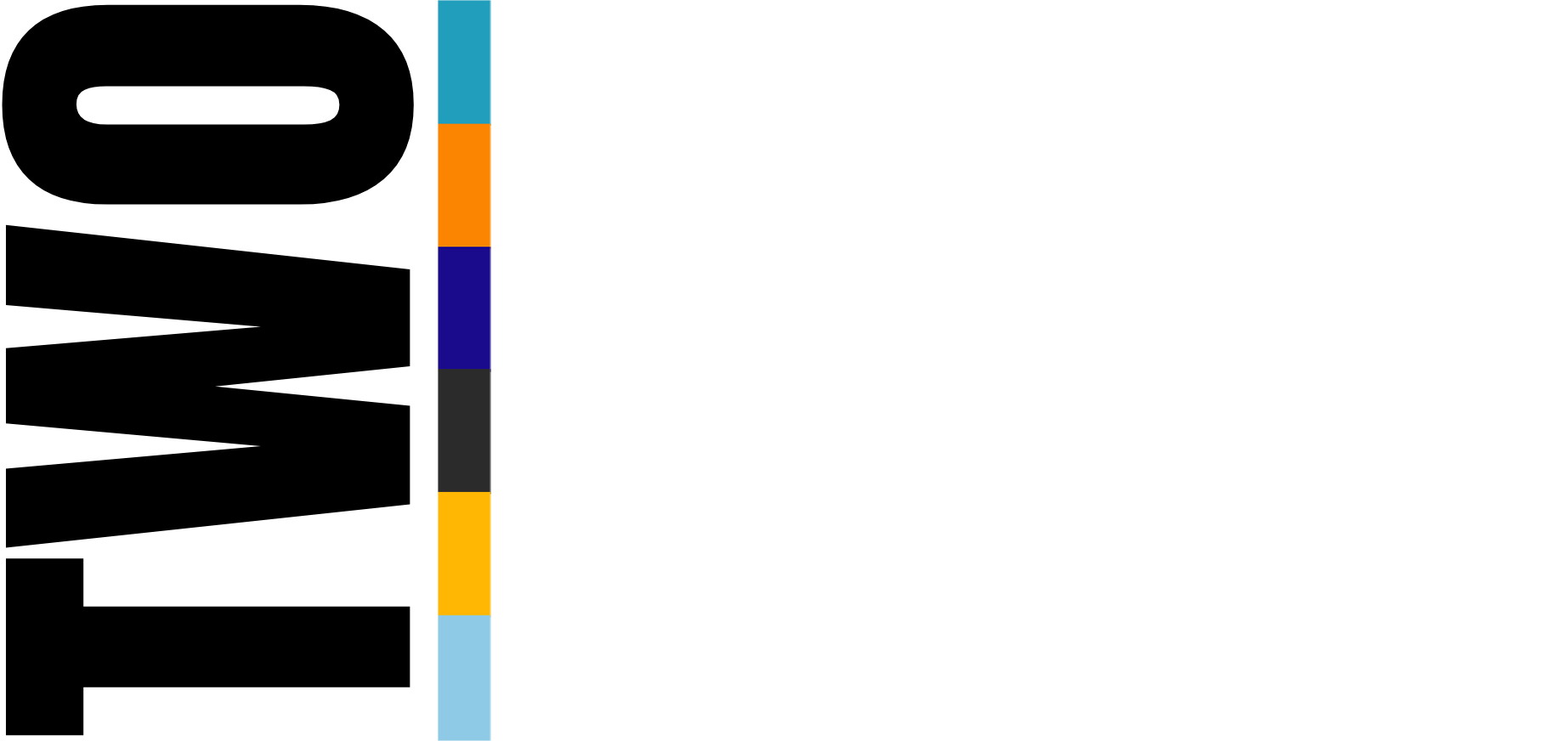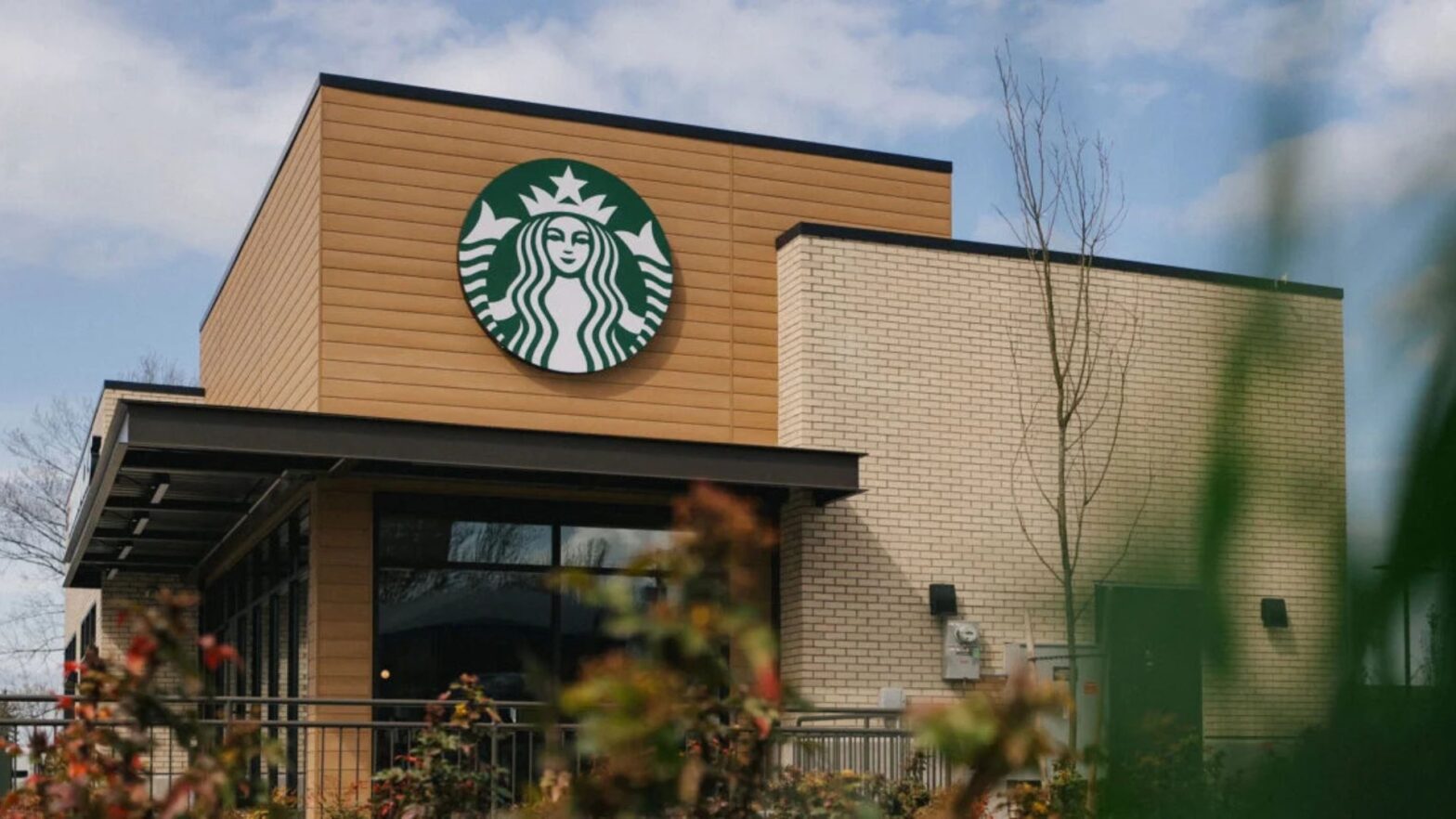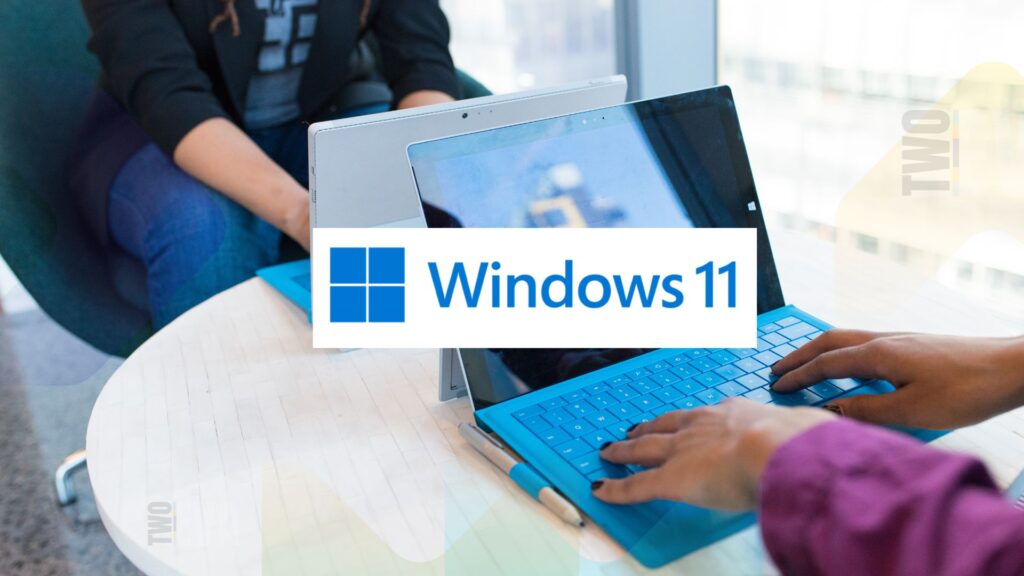Despite near-term challenges, Starbucks is grappling with significant challenges as recent financial reports reveal a concerning decline in customer traffic and flat revenue performance. According to recent earnings reports, the company’s Q1 fiscal 2025 results paint a mixed picture, with revenue holding steady at $9.4 billion while net income dropped approximately 23% to $780 million from $1 billion in the previous year.
The decline can be attributed to several factors, including increased competition from chains like Dunkin’ Donuts and Costa Coffee, as well as independent coffee shops offering unique experiences at competitive prices. The COVID-19 pandemic has also played a crucial role, accelerating the shift toward at-home coffee consumption and altering customer behavior patterns.
Key Performance Indicators:
• U.S. same-store sales: -4%
• China same-store sales: -6%
• Net income decline: 23%
• Current revenue: $9.4 billion
Despite these challenges, CEO Brian Niccol remains optimistic about the company’s trajectory. “Despite near-term challenges, we have significant strengths and a clear plan,” Niccol stated during the earnings call. “We’re on track to turn the business around. We’re where we want to be one quarter in, but much of our work is just beginning.”

The company has implemented several strategic initiatives to reconnect with its customer base. Notable changes include:
• Reintroducing customer name writing on cups
• Extending free refills to all customers for certain beverages
• Bringing back condiment bars
• Setting a four-minute service goal for beverage preparation
• Increasing labor hours at 3,000 locations
• Streamlining mobile ordering systems
In a bold move to expand its market presence, Starbucks is eyeing significant growth opportunities in Texas and the Southeast. This expansion strategy comes alongside a major executive restructuring, with Sara Trilling and Arthur Valdez departing, while Mike Grams joins as chief stores officer for North America.
The company is also addressing operational challenges through technological innovations, including enhanced mobile ordering and pickup services. Investment in employee training and benefits has increased, partly explaining the impact on net income, along with the decision to eliminate premium charges for non-dairy alternatives.
Wall Street analysts maintain a cautious stance on Starbucks’ near-term prospects. Citi analyst Jon Tower noted concerns about coffee prices and same-store sales dynamics, maintaining a neutral rating on the company’s shares.
Looking ahead, Starbucks faces the complex task of balancing operational efficiency with customer experience while navigating a highly competitive market landscape. The success of these initiatives will likely determine whether the coffee giant can effectively reconnect with its diminishing customer base and restore its growth trajectory.















